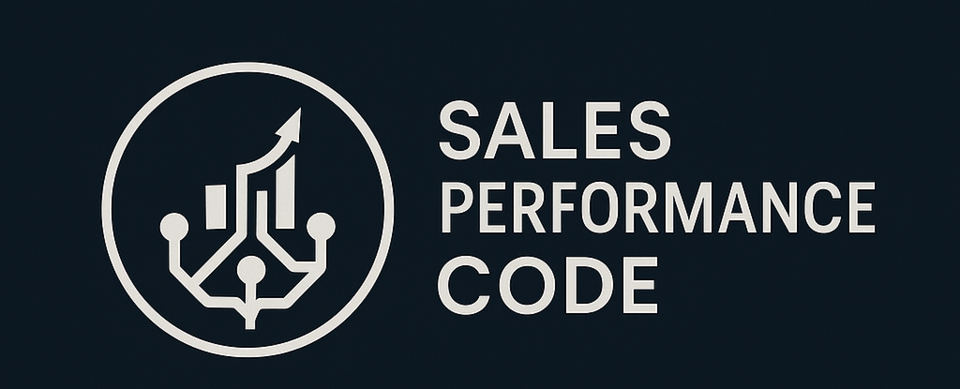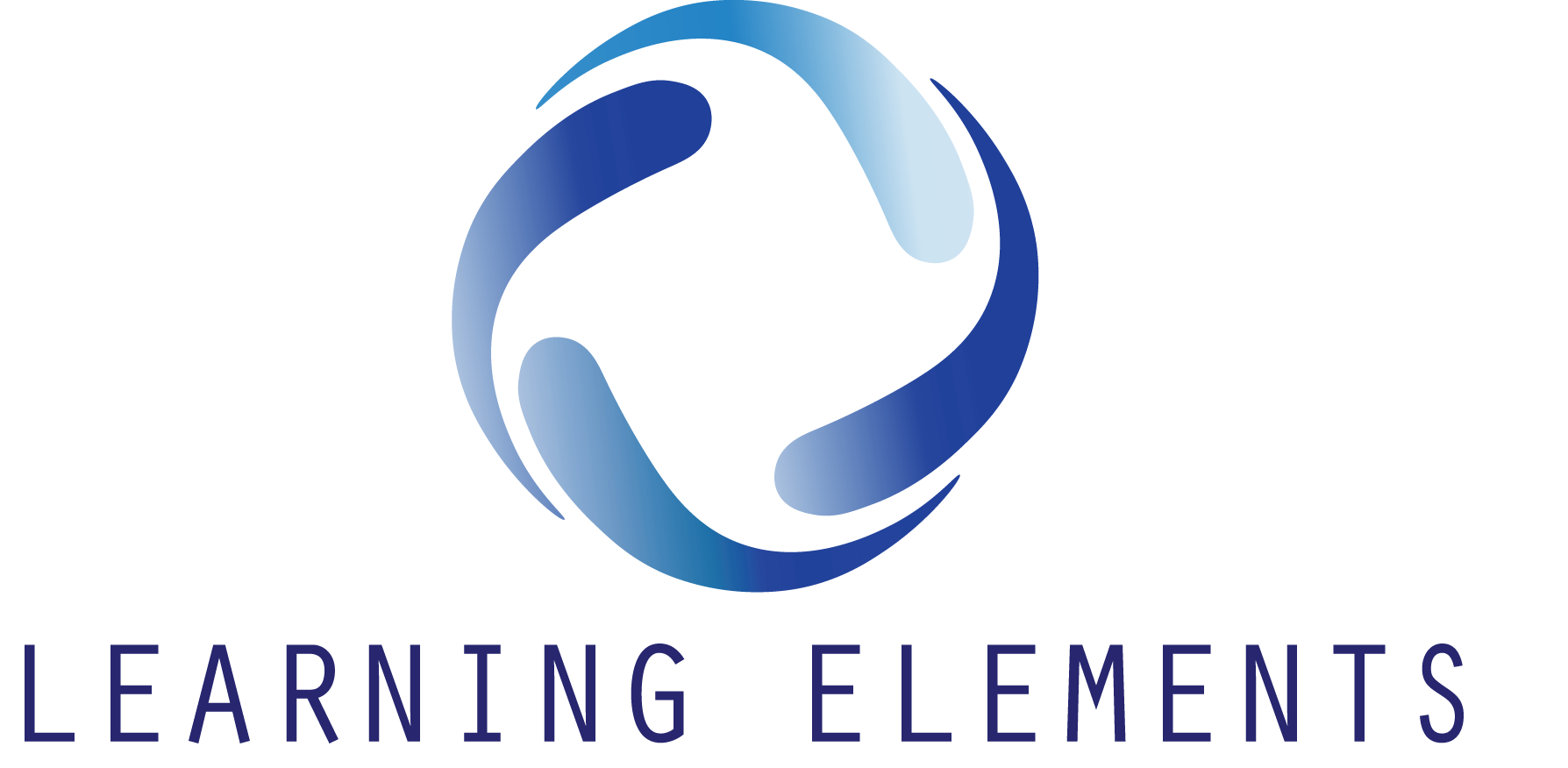The Importance of Business and Sales Transformation
If your business is not moving forward, it is moving backwards. The largest and most successful companies continue to grow & evolve and adopt a continuous improvement approach. They iterate and re-iterate constantly.
Whether it is an ongoing mindset and approach or a strategic pivot or transformational project, the importance of business and sales transformation is simple. It can be the difference between a business thriving or barely surviving.
To ensure success, you need to have a transformation strategy that considers all parts of your organisation:
- People & Capability
- Activity & Reporting
- Systems & Technology
Understanding Business Transformation
The team at Learning Elements has helped hundreds of businesses transform and we understand it is the key to sustained growth.
Successful business transformation looks at implementing fundamental improvements to your business to ensure you:
- Stand out from competitors
- Drive efficiencies and growth
- Improve staff performance, satisfaction and retention
- Increase customer satisfaction, loyalty and referrals
- Increase sales and revenue
Our expert consultants work closely with you to understand your unique situation, challenges, and opportunities.

Enquire about the Sales Performance Code and crack the code to predictable sales growth.
Phase 1: Evaluate & Align
What we do:
- Deep-dive analysis of your sales, marketing, operations, and customer journey.
- Leadership interviews to define goals and success metrics.
- Map workflows, data, and stakeholder alignment.
Business benefits:
- Uncover hidden revenue opportunities and operational bottlenecks.
- Create clear strategic priorities and focus areas.
People benefits:
- Build confidence and alignment at leadership level.
- Ensure everyone understands “why” before “how,” fostering early buy-in.
Phase 2: Master Demand & Lead Flow
What we do:
- Design and implement robust lead generation and nurturing systems.
- Create high-impact messaging aligned with modern buyer expectations.
- Build referral and partner processes.
Business benefits:
- Generate more qualified opportunities.
- Reduce reliance on inconsistent inbound spikes or ad-hoc referrals.
People benefits:
- Empower marketing and sales teams with a clear, predictable system.
- Strengthen team morale by celebrating a steady stream of wins.
Phase 3: Sales Conversion Excellence
What we do:
- Train and embed a consistent, repeatable sales framework.
- Enhance human selling skills, buyer trust, and objection handling.
- Provide updated scripts and conversion tools.
Business benefits:
- Increase close rates and shorten sales cycles.
- Improve forecasting accuracy and revenue predictability.
People benefits:
- Build individual confidence and mastery in sales conversations.
- Reduce burnout and frustration through a clear, supportive structure.
Phase 4: Technology & Data Enablement
What we do:
- Optimize CRM and core sales tech stack.
- Develop clear reporting dashboards for data-driven decisions.
- Introduce automation and AI tools where relevant.
Business benefits:
- Enhance decision-making speed and accuracy.
- Free up time and resources for higher-value activities.
People benefits:
- Reduce admin headaches and manual reporting.• Help teams feel empowered rather than overwhelmed by data.
Phase 5: People & Culture Activation
What we do:
- Align remuneration and recognition with desired behaviors.
- Run leadership development workshops (Leader–Manager–Coach approach).
- Strengthen cross-functional collaboration and support systems.
Business benefits:
- Increase staff retention and engagement.
- Create a stronger, more resilient culture that drives long-term growth.
People benefits:
- Foster a sense of ownership and shared mission.
- Help individuals see personal growth paths, not just tasks.
Phase 6: Embed & Sustain
What we do:
- Build continuous feedback and improvement systems.
- Celebrate wins and solidify new behaviors and habits.
- Provide certification and future-state growth roadmaps.
Business benefits:
- Protect and sustain gains over time.
- Create ongoing momentum for continuous revenue and performance growth.
People benefits:
- Maintain motivation and pride in progress.
- Equip teams to adapt confidently to future challenges.
Overall Impact
Business-wide:
- Increased, more predictable revenue.
- Improved operational efficiency.
- Stronger market positioning and customer loyalty.
For your people:
- Higher engagement and lower turnover.
- Stronger skills and personal growth.
- A culture of clarity, ownership, and achievement.

Strategies for Revenue Growth
Consider your entire marketing and sales funnel.
The journey and experience your prospects and customers have with every touch point with your organisation.
- Who is your specific target market? What is the persona of your ideal customers or clients?
- How do you reach them?
- What messaging would grab their attention. How can you help them?
- What problems do you solve for your customers and how do you help?
- What is your unique value proposition? How do you stand out from your competitors
Implementing Sales Process Optimization
Ensure you consider the entire sales pipeline when implementing sales process improvements in your business.
Measuring Sales Performance
It’s important to have standard processes and frameworks in place that you measure. Without a consistent approach it is impossible to track performance accurately in order to:
- Understand what needs improvement and
- How do you improve?
With ongoing measurement and management you can then track improvements and performance over time.
SOME of the Key Performance Indicators (KPI’s) to have in place include:
- Number of leads
- Customer contact and outreach (calls, follow up calls, emails)
- Number of meetings / sales presentations
- Conversion rate – overall
- Conversion rate – by pipeline stage
- Retention rate
- Adherence and compliance
- Sales Quality Metrics based on desired activities and behaviours
- Revenue – New customers and Existing Customers (upsell, cross sell)
- Revenue by Product or Revenue by Segment
- Length of sales cycle
- Growth – Month on Month, Year on Year
- Referral rate
- Lost Opportunity Percentage
- Lost Opportunity Reasons
The Role of Leadership in Driving Business Transformation
Successful leaders must build their capability in multiple areas in order to perform their daily role or to drive a successful change or transformational project.
This includes their role as:
- Leader. Set the vision and inspire your team forward.
- Manager. Help keep thjem on track, manage day to day activities and processes
- Coach. Support and guide your team and empower them to grow
For more details on the role of the Leader, Manager and Coach see our Leader Manager Coach training program.
